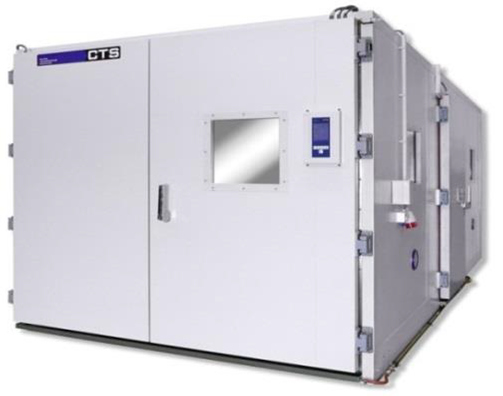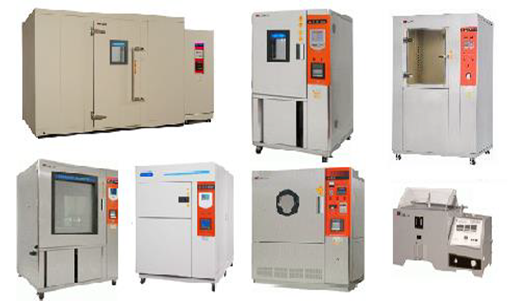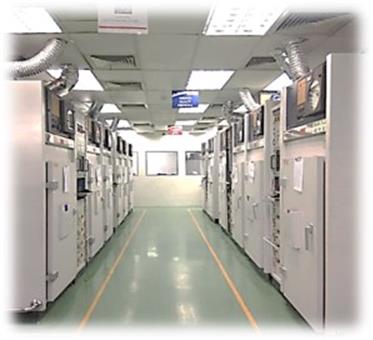Environmental chambers represent an important step in the manufacture and production of numerous products across many different industries. While they come in various shapes and sizes, the central idea behind them remains the same. Environmental chambers exist to test the effect of different conditions on a specific product and how said product performs in extreme temperatures, high humidity, corrosive environments, and many others.
Highly technical and exceedingly complex pieces of equipment, environmental chambers are found in different specialised forms to give precise and valuable data to manufacturers about the durability and performance of their products. Three common types of environmental chambers include temperature and humidity chambers, thermal shock chambers, and combined test chambers.
Temperature and Humidity Chambers
Temperature resilience is one of the more important tests to be done on products before they can be approved for the market. From electronic equipment to pharmaceuticals, cosmetics, food and beverages, and construction materials, a lack of temperature resilience is often a cause for concern and is a common reason for products failing.
Temperature chambers simulate environments that go as low as -70 degrees celsius to above 180 degrees. Products and materials are usually tested either at the same gradient for a longer period of time, or are exposed to rapidly shifting temperatures to see if they can withstand such changing conditions.
Similar to temperature, humidity is another potential cause of failure in products. Humidity chambers are usually paired with temperature chambers to create a variety of climatic conditions to subject products to and improve overall data collection.

Thermal Shock Chambers
Certain products such as aerospace components, military equipment, and telecommunication equipment need to perform to high standards in conditions far beyond ordinary environments. These products may be required to withstand extreme heat and cold for long periods of time or stand up to rapid changes in temperature. Thus they require a different type of environmental chamber to appraise their reliability.
Thermal shock chamber tests are able to simulate these extreme conditions effectively and accurately, giving a wealth of data to engineers while also serving as a proof of a product’s ruggedness and quality.

Combined Test Chamber
Handling mechanical stress is essential for product testing as well. These are assessed by vibration test systems which apply mechanical stress along all three axes using different methods. The three main types of vibration test systems are mechanical, hydraulic, and electrodynamic. As mechanical stress can be experienced in various ways, these three types of vibration tests are perfect for simulating the different conditions required.
Combined test chambers are an all-in-one testing solution that subject products to changing climatic conditions and induces vibrations to apply mechanical stress. Their goal is to recreate as closely as possible, actual operating conditions. While it’s important to test for temperature and vibration resilience separately, combining both heat and mechanical stress is key in the testing environment as well. This allows manufacturers to judge how well the components hold up.
Environmental chambers are closely managed, computer-controlled environments that help engineers, product designers, and manufacturers make better decisions and improve on their existing blueprints. For the consumer, they ensure that the products you use and even the food that you eat are safer, longer-lasting, and practical for their purpose.
Operating in the United States, Singapore, Malaysia, Thailand and China, Trio-Tech offers a range of reliability test services consisting of both testing and equipment. Contact us today to find out more about our products and services and how we can work with you to value-add to your manufacturing processes.



